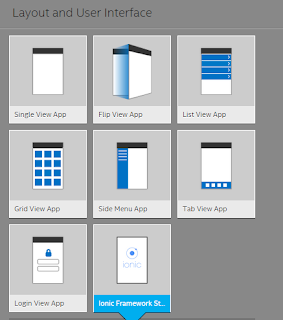Document Object Model and Intel XDK
DOM stands for Document Object Model. It is what the User Agent (for example a browser) produces in memory when it encounters an HTML Document .
An HTML document is really a text file with mark ups (using tags). Here is an example:
This is a tree of elements and some text.
The element looks like this:
An HTML document is really a text file with mark ups (using tags). Here is an example:
<html> <head> <title>About Me</title> </head> <body> <h1>My origins</h1> </body> </html>
This is a tree of elements and some text.
The element looks like this:
<element></element> In the html document above, the elements are: <html></html><br /><head></head><br /><title></title><br /><body></body> The <html></html> elements contains the rest of the elements.The <head></head> element has the <title></title> element The <title></title>just contains a string
The <body></body> can contain many more elements.The above tree is how it would be seen by the browser to create a tree, the DOM tree or simply the tree. The DOM tree not including the spaces and carriage returns is simply this:
In a practical example like a single page mobile app (which also follows the same principles asweb page) like this one in Intel the document may have a slightly different look, but the emulating browser as well as the device browser would evaluate the document based on this DOM tree shown here.





Comments